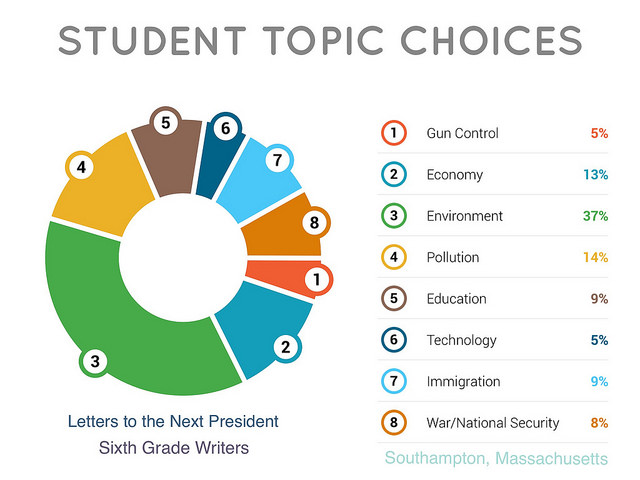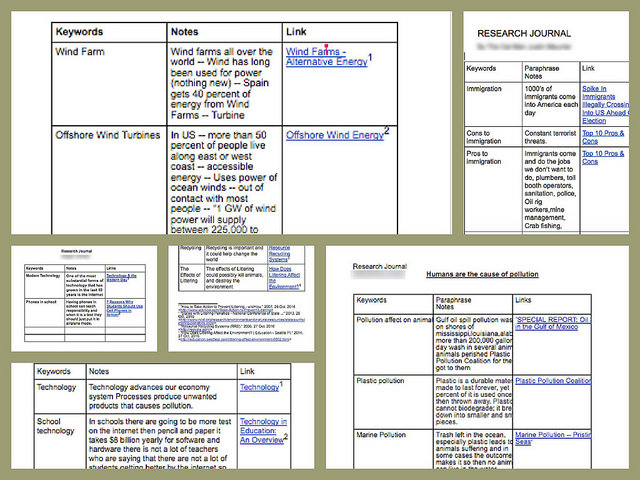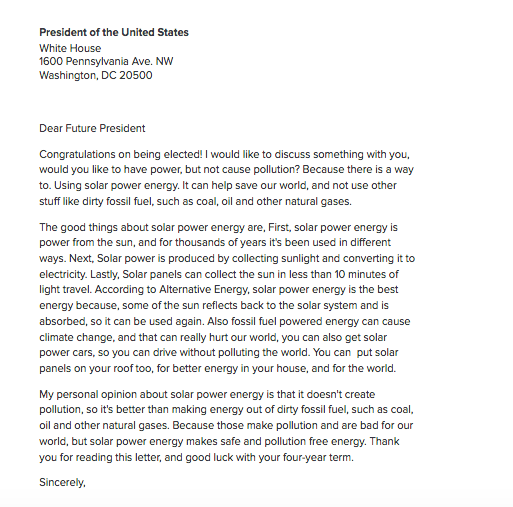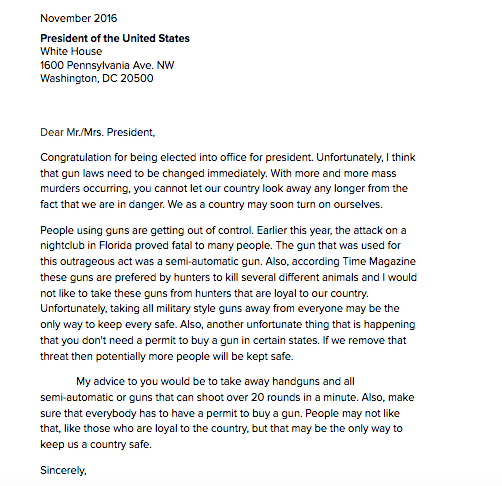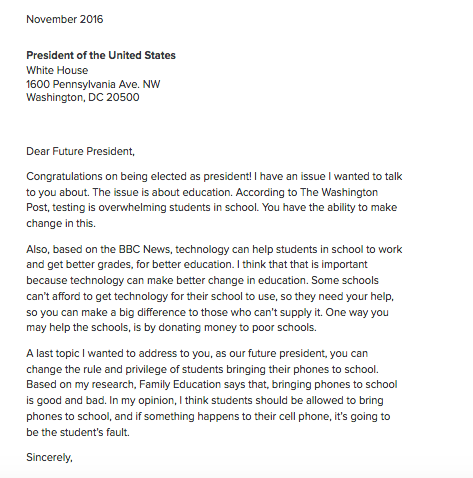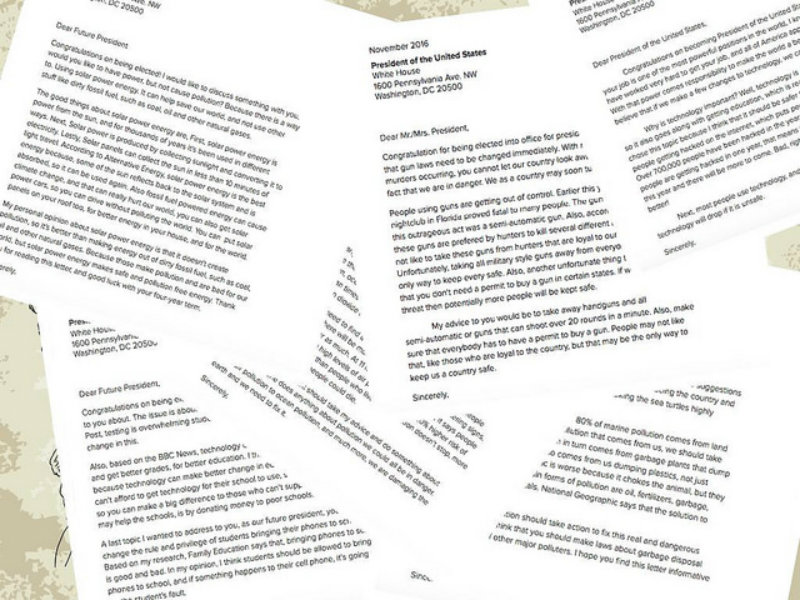ELA/SS Meetup: Letters to the Future President
A MiddleWeb Blog
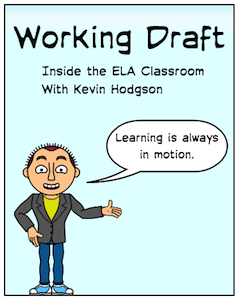
They may not be near the age of voting. In fact, they remain two presidential elections away from even being old enough to vote, but that doesn’t mean 11 and 12 year olds don’t have something important to say.
Taking my cue from Letters to the Next President, a project supported by Educator Innovator, the National Writing Project and KQED, I spent much of this fall teaching my sixth graders the basics of online research techniques, the art of letter writing, collaborative peer editing with technology, and the elements of argument.
While the official Letters to the Next President project is only open to students who are 13 years and older (and that site is an amazing resource, with more than 12,000 letters of all shapes and sizes on all sorts of topics), I still wanted my younger students to have a voice and a means to express their opinions.
The heart of project – writing the letter itself – came to completion on the very day of the election, just by chance. In the writing stage, students were not overly focused with which candidate they were addressing – Hillary Clinton or Donald Trump. Instead, my sixth graders were writing to “the person” who would occupy the most powerful position in the United States, and perhaps the world.
Now that Donald Trump is president-elect, the students will soon revise the salutation and we will mail off their letters to Washington DC in January after the inauguration.
An English and Social Studies collaboration
Here’s how this unit unfolded. This project was designed as a collaborative plan between myself, as the English Language Arts and technology teacher, and my social studies colleague, Brian Chamberlin. During one of our district-wide curriculum days at the start of the school year, we received permission from administrators to huddle together for three hours and plan out our course of action for teaching the presidential election.
This is an overview, mostly in note form, of our lesson plans throughout October and into November:
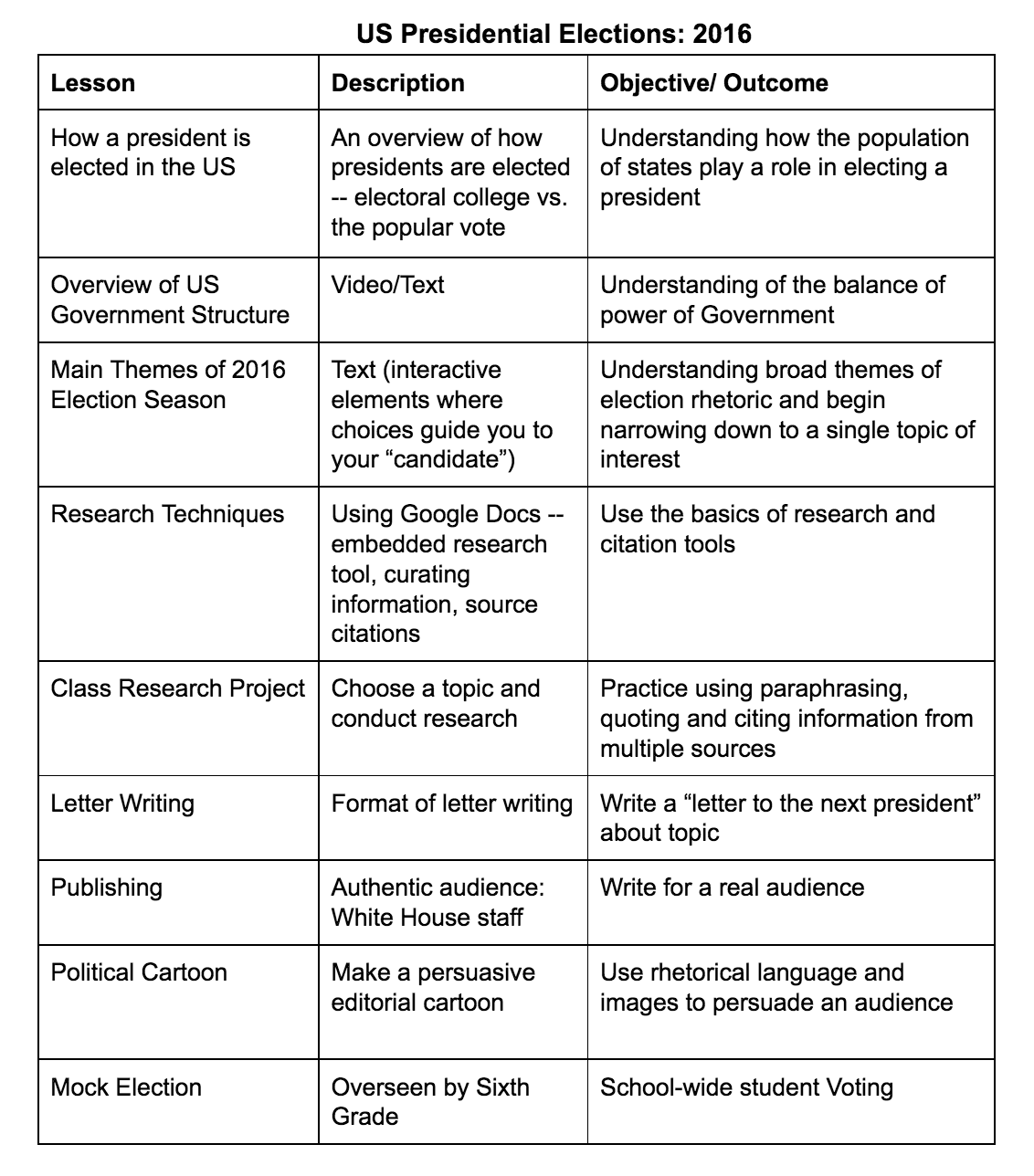
The Classroom Challenges of Election 2016
It is no surprise to any teacher out there to say that this election was an extremely tricky one to navigate as a learning experience for young students, given the tone of the rhetoric. The days after the debates were difficult, given newspaper headlines and the divisive, and nearly venomous, tone. So much for teaching about respecting the opinion of others.
We mostly stayed focused on topics, not personalities. The aftermath of the election has been just as delicate, as the community where our school is situated was nearly evenly divided between Trump and Clinton supporters, with Clinton winning the town by 50 votes.
In the end, students learned about the elements of democracy, and about the power of our individual voices to engage in a national conversation on the direction of the country. I was careful to never let my political views be known to them, or so I hope.
But I surely believe they are developing their own opinions of the world, and of their leaders – perhaps in tandem with their own family or perhaps in the natural separation of their political views that comes in adolescence.
I truly hope their eyes remain open to the world beyond their small stretch of suburbia in Western Massachusetts, and that they understand that their voice matters, now and into the future.

